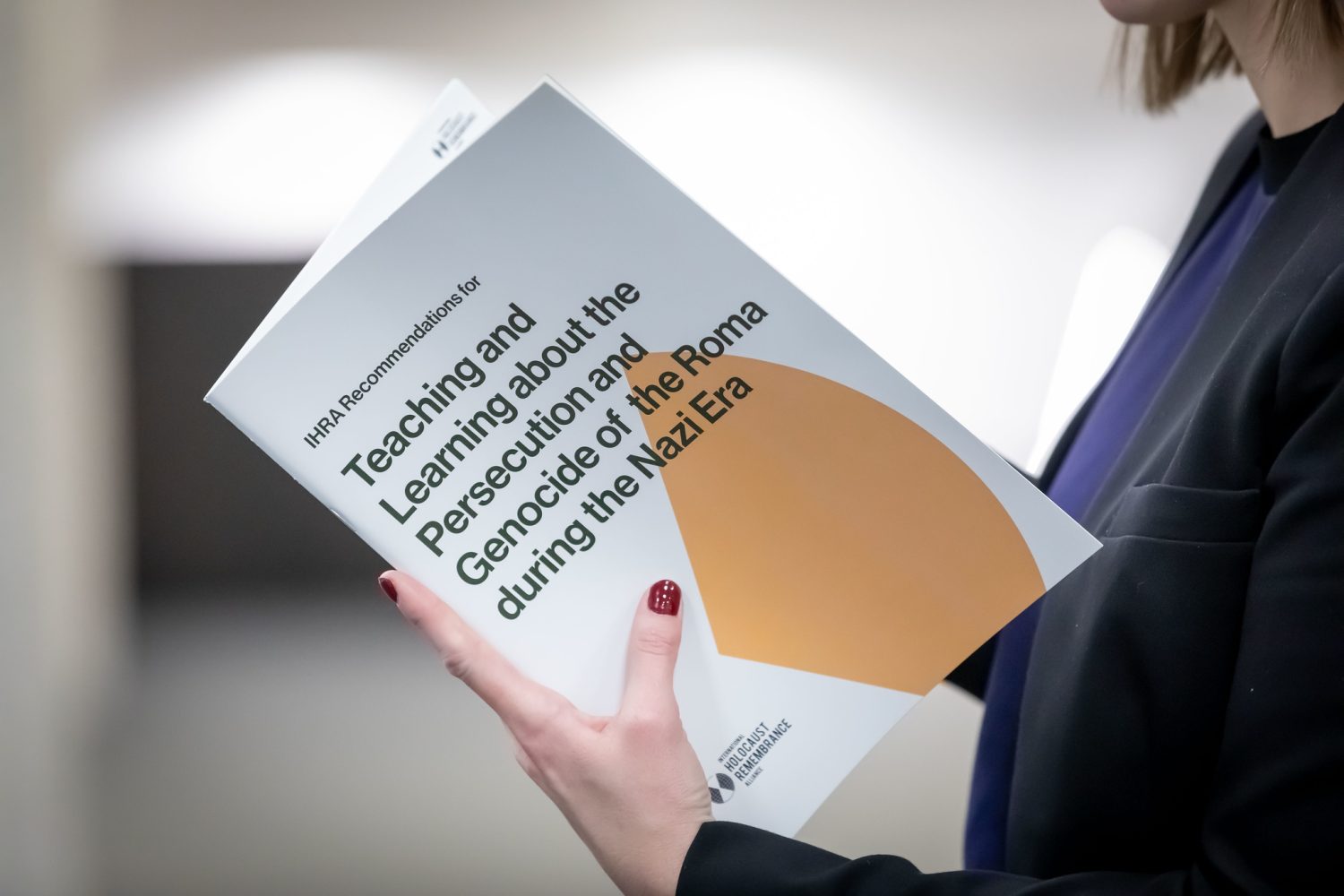
Explore: Teaching and Learning about the Persecution and Genocide of the Roma during the Nazi Era
Introduction: Teaching and learning about the genocide of the Roma
For many generations, Roma have lived in Europe, participated in the development and prosperity of civil societies and contributed to European cultural, social, and economic life. Today, Roma form Europe’s largest ethnic minority, with an estimated 12 million people. While Roma communities are globally present, they retain both a shared ethnic identity and a national identity as citizens of their countries.
Yet, Roma remain one of Europe’s most marginalized groups, enduring discrimination, violence, and socioeconomic hardship. Many sought lives beyond Europe, especially after WWII, bringing their histories and memories to new homes worldwide. Progress toward civil rights and recognition of the genocide of the Roma during the Nazi era has been achieved through the efforts of Roma activists, though much work remains.


Why teach
Foster historical understanding, critical thinking, and an awareness of the need to protect the rights and dignity of all minority groups.

What to teach
Incorporate factual historical content and concepts that enhance understanding of these crimes, their origins, and the lasting impact.

How to teach
Offer practical tools that empower policymakers, ministries of education, and educational stakeholders to address the challenges and opportunities in engaging with this history.
IHRA Recommendations for Teaching and Learning about the Persecution and Genocide of the Roma during the Nazi Era



IHRA Recommendations for Teaching and Learning about the Persecution and Genocide of the Roma during the Nazi Era
Discover the IHRA’s Recommendations, a comprehensive guide designed to help policymakers and educators include the genocide of the Roma in teaching programs. This resource offers practical tools, historical context, and pedagogical guidance to foster critical thinking and awareness about this neglected history.
Aims of the Recommendations
The IHRA Recommendations for Teaching and Learning about the Persecution and Genocide of the Roma during the Nazi Era, developed by international experts, aim to provide policymakers, teacher trainers, and educators—including school teachers, museum professionals, memory workers, and civil society educators—with a fact-based framework to raise awareness of the genocide of the Roma and contemporary antigypsyism/anti-Roma discrimination. These Recommendations are designed to help policymakers, educators, and practitioners:
Who are Roma?
The term Roma, formally introduced during the first Roma World Congress in 1971, is used in these Recommendations as an umbrella term to describe a European minority of Indian origin with its own history, language, and culture.
It includes more than forty different related groups, some of which choose not to use this term. In Romanes, the language of many of these groups, Roma is used to denote all members of the communities.
Why teach
Teaching about the genocide of the Roma helps societies to:
Acknowledge the genocide of the Roma
For decades, the genocide of the Roma was largely ignored, with official recognition beginning only in the 1980s through pressure from Roma activists and NGOs. Today, despite many countries recognizing their role, the suffering of Roma is still inadequately acknowledged due to a lack of awareness and persistent negative attitudes.
Reflect on the historical roots of antigypsyism and hatred against Roma
In many parts of Europe, Roma have been stigmatized and persecuted for centuries. Roma were the victims of the rise of ethnically defined nation-states in the 19th century, which saw patriotism transformed into nationalism and left many Roma without citizenship.
While we need to recognize the centuries of antigypsyism, one also needs to recognize the historical contribution, the cultural influence, and the belonging of the minority to their respective countries.
Learn about the dynamics that led to mass murder
Racial policies labeled people as “Gypsy” [“Zigeuner” in German], based on racist and stereotypical concepts*, stripping them of human rights and enforcing social and economic exclusion. With little resistance from the majority population, this discrimination escalated into systematic violence: Roma were targeted, forcibly sterilized, deported, starved to death, and murdered in ghettos, concentration and extermination camps, or executed where they were found.
The persecution and genocide developed in the context of a dictatorship, culminating during a war and against the backdrop of the Holocaust. The genocidal process was set into operation, supported, and executed by a multitude of actors: academics and scientists, politicians, various administrative bodies, security agencies, army units, and citizens.
* The term “Gypsy”, or its equivalent in other languages, is always derogatory and should never be used, particularly in educational contexts.
Challenge the negative images handed down from perpetrators
To legitimize their deeds, Nazi-era perpetrators drew on deep-rooted historical stereotypes. Teaching about the persecution and genocide of the Roma challenges these harmful perspectives. The stories of victims, survivors, and their families should be central to this teaching, allowing for a deeper understanding of the trauma they endured and its impact on future generations.
Teaching about this genocide should also tell the stories of those Roma who resisted the Nazis and their collaborators and who contributed to their defeat.
Critically analyze collaboration and personal responsibilities in the past and present
In many occupied territories, collaborators and segments of the population supported Nazi Germany’s actions against Roma. In countries allied with Germany, national agencies often led the persecution, and some implemented specific measures such as internment camps. Exploring these different contexts helps reveal country-specific actions and motivations.
For decades after the end of the Second World War, many countries continued coercive measures against Roma.
Raise awareness of the persistence of antigypsyism and racism against Roma
Roma remain vulnerable to discrimination that, in its extreme form, could result in genocide. Teaching informed by sound pedagogy and historical research helps identify biased narratives and distinguish between factual history and politically or ideologically motivated constructs.

What to teach
Education on the genocide of the Roma should:

Historical context: Key foundations

Previous history
● Antigypsyism in Europe
● The development of racism and eugenics
● The impact of nation-building since the 19th century
● Roma as Europeans and integral part of European history and culture
● Roma communities at the beginning of the 20th century

Nazi Germany 1933-1939
● Nazi racial policy against people labeled as “Zigeuner”’
● State institutions of persecution
● Measures against Sinti* and Roma
● World and society’s responses to persecution
*Sinti were the largest affected group in Nazi Germany.

The Second World War
● The impact of war on the persecution of Roma
● Deportations, camps, internments, forced labor and forced sterilization
● Mass killings
● The varieties and differences of persecution in the European states
● Entangled history: victims of “Euthanasia,” Jews, other groups, and Roma
● Resistance and rescue

Post-war: Aftermath
● Situation of survivors after liberation, intergenerational trauma
● Prosecution of perpetrators
● Antigypsyism in post-war societies
● Denial and distortion, lack of recognition and compensation, lack of research
● Romani civil rights movements
● Culture of remembrance
Conceptual understanding
Key concepts for learners to understand include:

Culpability and Responsibility
Persecution was multifaceted and there were many degrees of participation.

Visibility and agency of the victims
Victims were not passive objects; they were individuals with agency, resisting persecution in numerous ways.

Relevance for contemporary questions
Explore the current situation of Roma communities, ongoing antigypsyism, and the broader implications of genocidal processes.

Stolpersteine
A Stolperstein, translated as “stumbling block,” is a form of memorial that people can learn about, research, and follow. Stolpersteine, a European-wide project of the German artist Gunter Demnig, are brass plaques engraved with the individual names of persecuted Jews, Roma, or other victims, often placed in front of their former homes, giving information about their persecution. These can be introduced as a way of rehumanizing the victims and ensuring people who pass by this location know and understand what occurred at the site.
How to teach
Whether teaching from a human rights perspective, a historical approach, or an interdisciplinary framework, certain principles should remain constant when teaching about the genocide of the Roma:

Murder of Roma outside of camps
In German-occupied Serbia, thousands of Jews, Roma, and Serbs were shot on German orders in retaliation for Wehrmacht soldiers who had been killed or wounded fighting the insurgence. The infamous massacres took place in Kragujevac, Leskovac, and Zasavica. In the German concentration camp Topovske Šupe in Belgrade, about 5.000 Jewish and 1,500 Roma men were held hostage. They were shot dead from September to November 1941 at various killing sites around Belgrade.
Key characteristics of the persecution and genocide of the Roma to explore with learners
- Centuries of antigypsyism, discrimination, persecution, and violence against Roma laid the foundation for this genocide.
- Nazi racist ideology against Roma fuelled this genocide.
- Local Fascists and Nazis, extreme nationalists, and other collaborators participated in this genocide together with Nazi Germany. The actions and policies against Roma varied in different regions and localities.
- The aftermath of decades of non-recognition of this genocide resulted in continuous and ongoing discrimination and marginalization.

Key considerations for policymaking and training
For policymaking
Policymakers should:
For training
Teacher training is essential in implementing impactful, long-lasting policy on teaching and learning about the persecution and genocide of the Roma.
Training developers should:

Integration with a human rights agenda
Human rights education can provide a powerful entry point and framework for examining the genocide of the Roma. The United Nations Declaration on Human Rights Education and Training (2011) defines three dimensions of Human Rights Education. These are:
- Teaching about human rights: understanding norms and principles of human rights
- Teaching through human rights: using methods based on human rights approaches
- Teaching for human rights: empowering learners to apply and uphold human rights principles.
These dimensions can be related to teaching and learning about the genocide of Roma.
Textbook review & development
The checklist in this resource can help policy makers review textbooks and supplementary materials to ensure that accurate and pedagogically sound learning activities are included.


Sign up to our newsletter to
receive the latest updates
By signing up to the IHRA newsletter, you agree to our Privacy Policy

